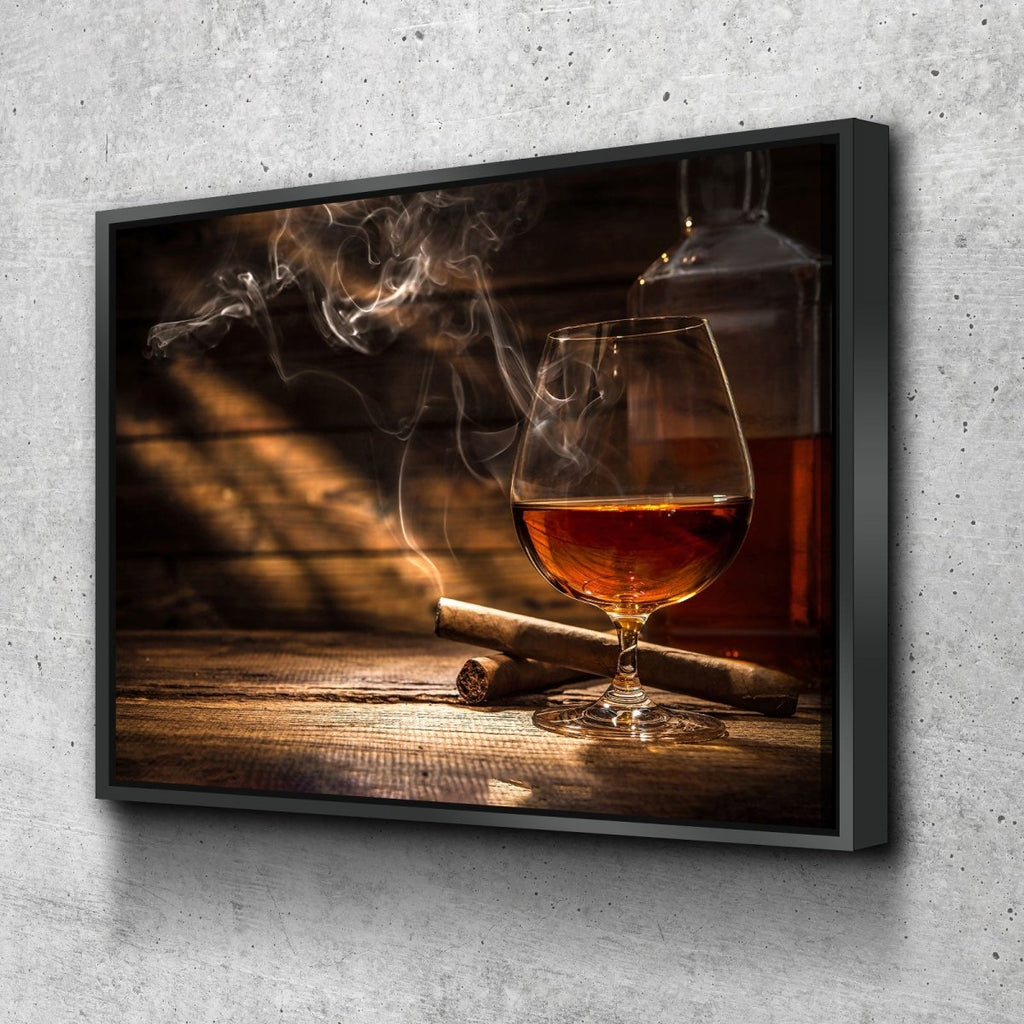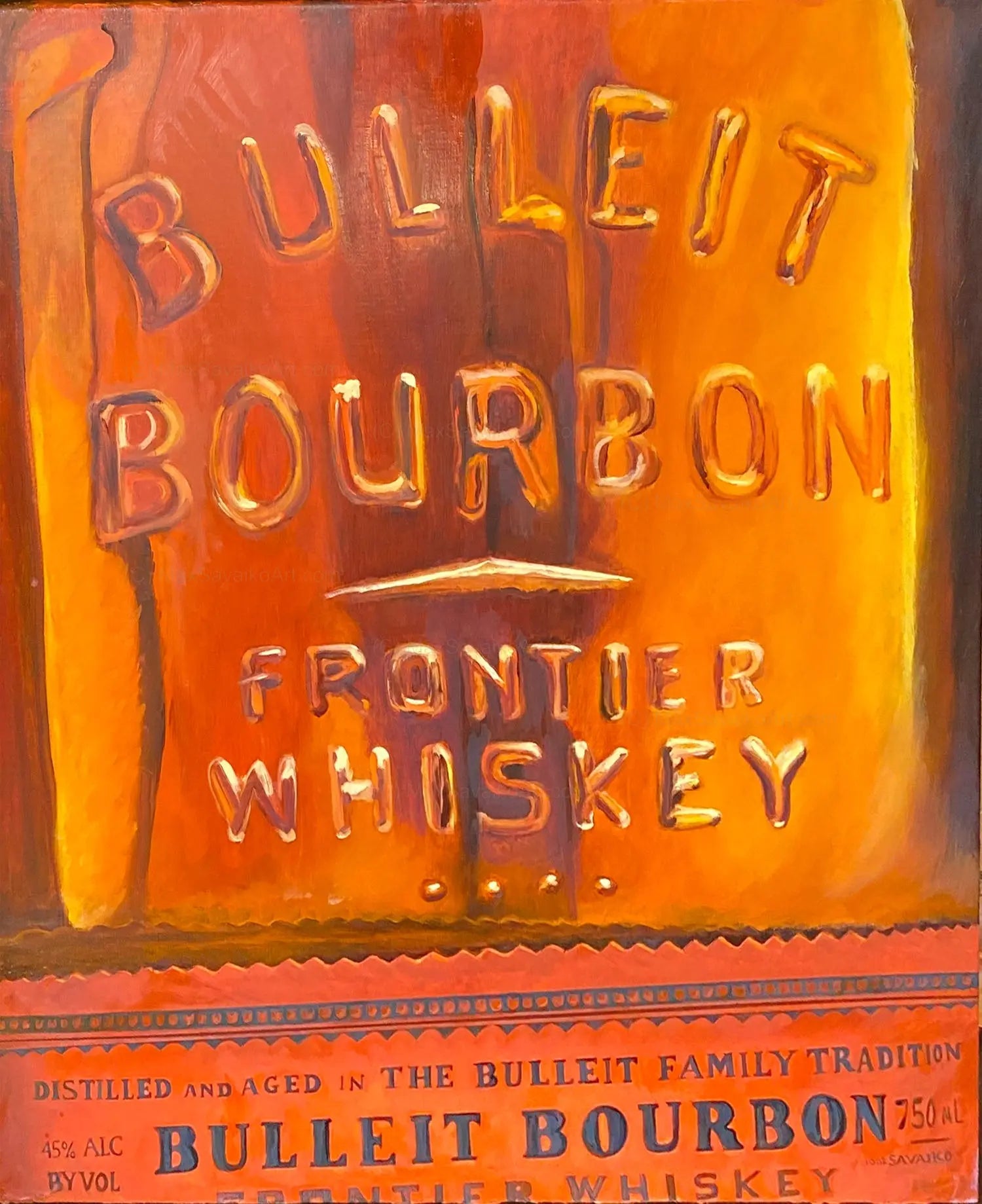Change Your Area with Spectacular Whiskey Art Inspired by Nature
Change Your Area with Spectacular Whiskey Art Inspired by Nature
Blog Article
The Value of Whiskey Art in Celebrating Heritage and Workmanship in the Beverage Sector
The elaborate partnership in between bourbon art and the celebration of heritage and workmanship within the drink industry can not be overstated. Through thoughtfully created bottles and labels, scotch brand names envelop their historic roots and the artisanal skills that specify their manufacturing techniques. This artistic dimension not just enhances market appeal but likewise functions as a conduit for social storytelling, fostering a much deeper connection between the consumer and the craft. As we explore the different aspects of this topic, appealing inquiries about the effect of contemporary patterns on conventional practices arise, motivating more assessment.
The Historical Roots of Whiskey
At the heart of bourbon's attraction lies an abundant tapestry of historical roots that trace back to ancient worlds. The origins of bourbon can be linked to the distillation methods of the Sumerians and Babylonians around 2000 BCE, where early forms of fermented grain beverages started to emerge. It was in the Middle Ages that the art of distillation advanced considerably, specifically in Ireland and Scotland, leading to the creation of scotch as we recognize it today.
The term "whiskey" itself originates from the Gaelic word "uisce beatha," suggesting "water of life." This phrase highlights the social significance of scotch in Celtic cultures, where it was frequently related to routines, celebrations, and communal bonding. By the 15th century, distillation came to be a recognized craft within monastic neighborhoods, leading the means for the establishment of legal distilleries.
As trade paths increased, whiskey's popularity grew, transcending local boundaries and catching the interest of connoisseurs worldwide. Limited Edition. This historic journey reflects not just the workmanship behind whiskey production yet likewise its indispensable function in social and social contexts, marking it as a significant beverage throughout background
Artistic Expression in Branding
Bourbon branding stands as a compelling crossway of creativity and business, where visual identification plays an essential role fit customer perception. The aesthetics of scotch tags, packaging, and advertising and marketing products show not only the brand name's tale however likewise its core values and heritage. Via artistic expression, distilleries communicate a story that resonates with customers, evoking feelings and triggering links.
Using color, typography, and imagery in branding serves to differentiate products in a saturated market. Conventional concepts may stimulate a sense of credibility and craftsmanship, while modern styles can signify technology and forward-thinking. This tactical imaginative direction boosts brand acknowledgment and loyalty, permitting consumers to build a personal relationship with the scotch they choose.
Additionally, artistic expression in branding usually acts as a party of regional heritage. Distilleries regularly incorporate neighborhood symbols or historical recommendations right into their designs, producing a local color that welcomes customers to take part in a wider cultural experience. Ultimately, the artistry behind scotch branding not only boosts aesthetic appeal however additionally enriches the overall narrative of the brand name, cultivating a deeper recognition for the workmanship and heritage embedded in each bottle.
Craftsmanship in Container Layout
The artistry apparent in scotch branding expands beyond visual identity to incorporate the workmanship involved in bottle design. Each bottle functions as a vessel not simply for the spirit within, yet also for the story it outlines its custom, high quality, and origin. The style procedure needs thorough focus to information, as components such as shape, closure, and material add considerably to the general perception of the whiskey.
Craftsmanship in bottle design involves selecting premium glass that can improve the whiskey's color and clarity, while also providing a tactile experience for the customer. The shape of the bottle need to be both practical and visually appealing, usually mirroring the heritage of the brand name. Lots of distilleries choose one-of-a-kind forms or printed logo designs that evoke a feeling of authenticity and history.
Additionally, the tag style and typography play a vital function in connecting the brand name's story. Bourbon Art. A well-crafted bottle not only captivates the consumer's eye however likewise strengthens the brand's commitment to top quality and custom. By doing this, the workmanship of bottle design becomes a vital aspect of the bourbon experience, combining creativity with a profound respect for heritage
Cultural Relevance of Scotch Art
Celebrating tradition and workmanship, the social importance of bourbon art goes beyond mere visual appeals, linking with the social and historical narratives of the areas where it originates. Each container serves as a canvas, showing the distinct tales, mythology, and traditions that have actually formed regional whiskey-making practices. The complex designs commonly mirror the heritage of the distillers, incorporating symbols and themes that reverberate with the culture and values of their neighborhoods.

Furthermore, bourbon art plays a crucial role in common gatherings and events, functioning as a concrete link between individuals and their shared experiences. By appreciating the creativity in whiskey product packaging, customers cultivate a much deeper understanding and respect for the craft, eventually enriching their pleasure of the beverage itself.
Modern Trends in Scotch Discussion
In recent times, the discussion of whiskey has advanced to reflect modern tastes and patterns while still recognizing conventional workmanship - Whiskey Art. Distilleries are significantly focusing on visual components that enhance the general drinking experience, connecting the void between heritage and modernity
Cutting-edge container designs have arised, often pop over to these guys including lasting materials and creative labels that inform engaging stories. Several brands currently team up with Whiskey Art local musicians, instilling their products with distinct aesthetic expressions that resonate with customers. Additionally, limited-edition releases are often packaged in collectible containers, adding value and appeal for lovers.

Verdict
In final thought, scotch art offers as a crucial avenue for sharing the heritage and workmanship integral in the drink sector. With complex branding, cutting-edge container styles, and culturally considerable imaginative components, bourbon brand names successfully honor their customs and connect with consumers.


Workmanship in container style involves selecting high-quality glass that can enhance the bourbon's shade and clarity, while also providing a responsive experience for the customer. In this way, the craftsmanship of container style becomes a vital facet of the bourbon experience, merging creativity with a profound regard for heritage.
In final thought, whiskey art offers as an essential channel for expressing the heritage and craftsmanship integral in the drink market.
Report this page